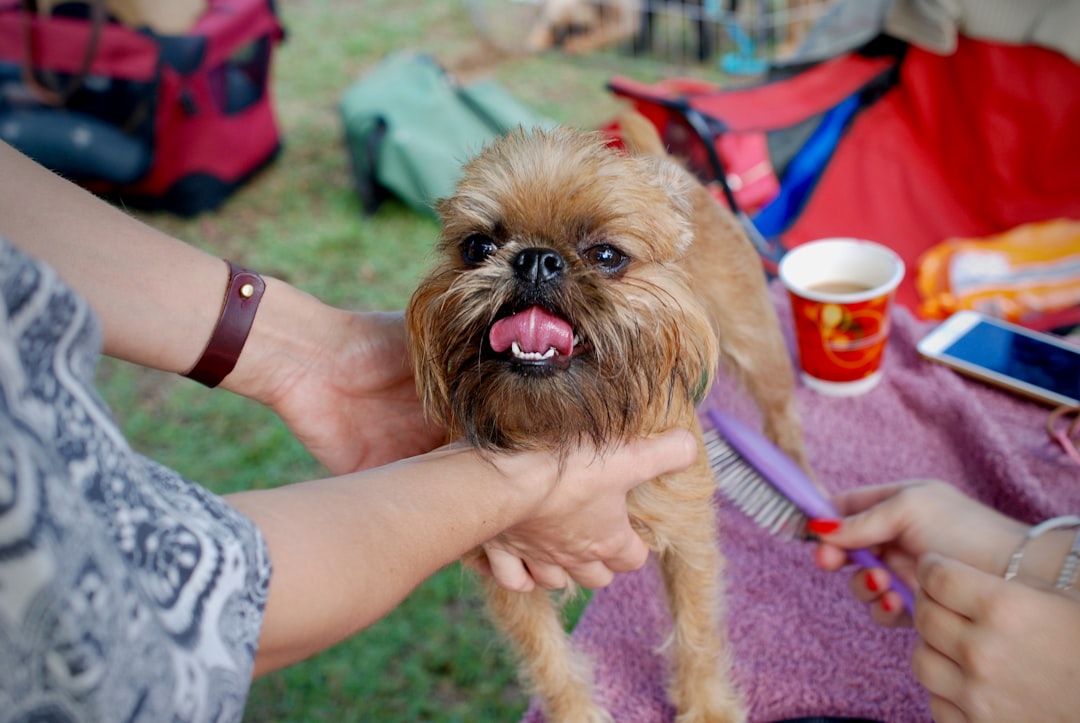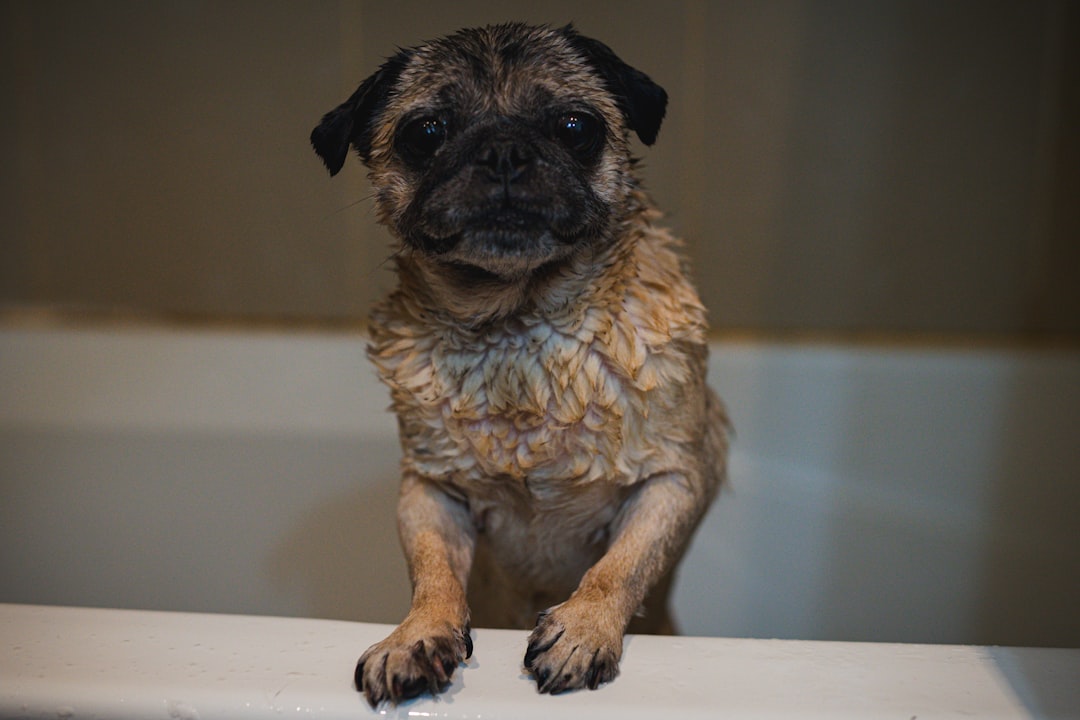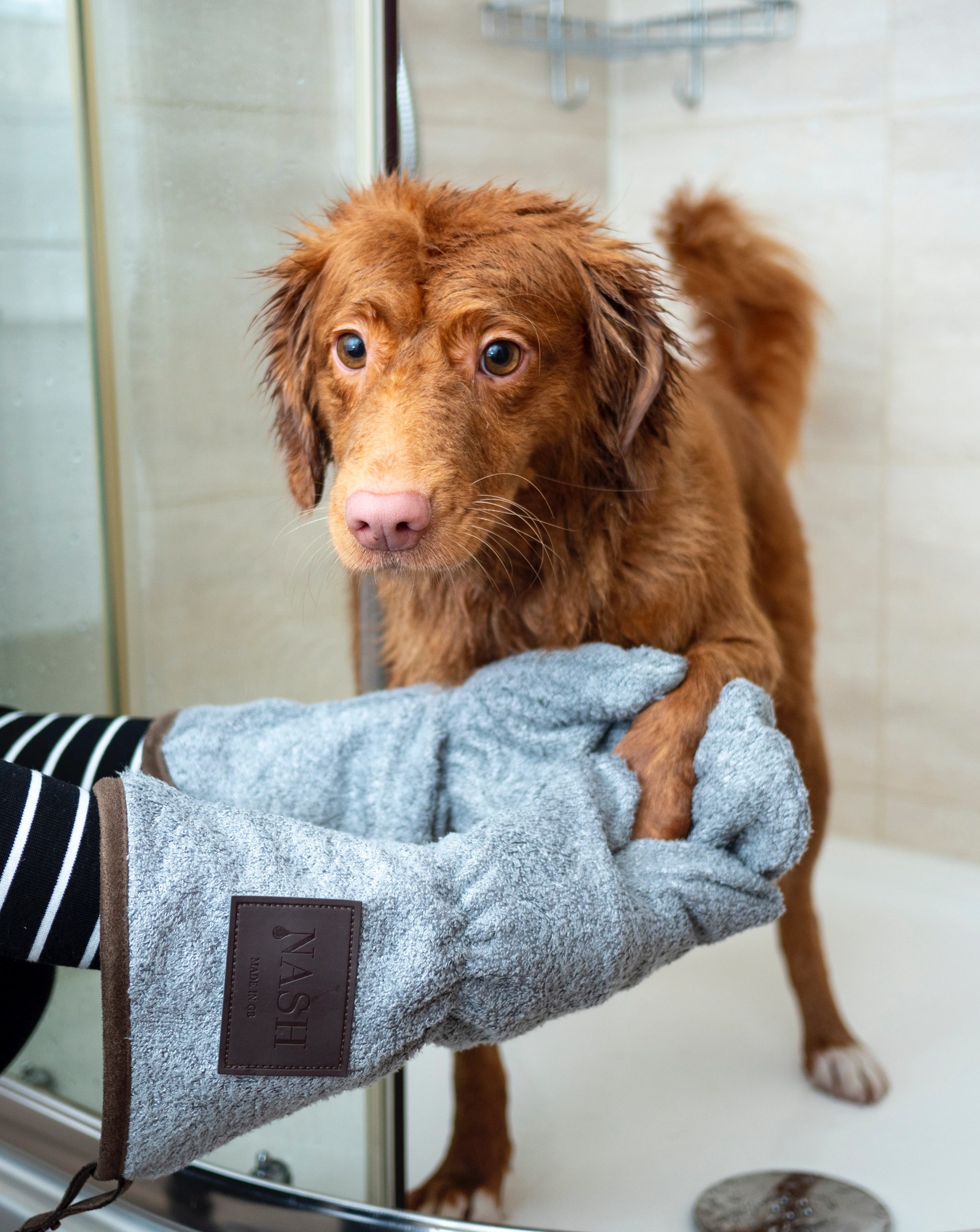The Ultimate Guide to Preparing Your Dog for a Stress-Free Bath Time
This article provides tips and techniques for preparing your dog for bath time, including desensitization techniques, necessary supplies, and grooming tips, to ensure a calm and enjoyable experience for both the dog and its owner.
Understanding the Importance of Bath Time
Regular bathing is not just about keeping your dog clean; it is essential for their overall health and well-being. Bathing helps in removing dirt, excess oil, and loose hair from the dog’s coat, preventing skin issues and matting. When dogs are not bathed regularly, dirt and oil can accumulate on their skin, leading to skin problems and unpleasant odors. This highlights the importance of maintaining a regular bathing routine to keep your dog’s skin and coat healthy.
Furthermore, bathing at home can contribute to reducing the frequency of professional grooming appointments, saving time and money for dog owners. While professional grooming sessions are necessary, at-home bathing between these appointments can help in keeping your dog fresh and tidy. This not only benefits your dog’s hygiene but also helps in strengthening the bond between you and your pet as you take an active role in their grooming and care. By understanding the significance of regular bathing and taking the necessary steps to maintain your dog’s hygiene, you are ensuring that your furry friend remains healthy and happy. [1].
Preparing Your Dog for Bath Time
When it comes to preparing your dog for bath time, early introduction to bathing and grooming exercises is crucial for puppies. By exposing them to these activities from a young age, you can help them become comfortable with the process and even learn to enjoy their spa days, preventing any potential anxiety or fear associated with bath time later in life. For instance, you can start by gently introducing your puppy to the bathtub, letting them explore the space and giving them treats to create positive associations with the experience.
Desensitization techniques also play a crucial role in reducing stress and fear during bath time for dogs. Positive reinforcement, such as using treats and praise, can help create a more enjoyable bathing experience for your furry friend. For example, when your dog shows signs of calmness or cooperation during bath time, rewarding them with a treat can reinforce positive behavior and make them more receptive to the process in the future [3]. These techniques not only make bath time more manageable but also strengthen the bond between you and your dog, as they learn to trust and feel at ease in your care.
Necessary Supplies and Techniques
When preparing for bath time, it’s crucial for dog owners to gather all the essential supplies required for a successful bathing experience. These supplies include dog shampoo, conditioner, ear cleaner, towels, and a blow dryer, all of which play a vital role in ensuring that the dog’s hygiene needs are met effectively. For example, using a high-quality dog shampoo suitable for the dog’s skin type and coat condition is essential to prevent skin irritations and maintain a healthy coat. Additionally, the use of a conditioner can help keep the dog’s coat soft, manageable, and free from tangles, making the grooming process more comfortable for both the dog and the owner.
In addition to the necessary supplies, employing positive reinforcement techniques can play a significant role in familiarizing dogs with the bathing process, particularly when it comes to getting in and out of the bathtub. For instance, using treats and praise to encourage the dog to enter and exit the bathing area can help them feel more comfortable and relaxed during the process. This positive association with bath time can help reduce anxiety and stress, ultimately leading to a more enjoyable experience for the dog and the owner alike. By incorporating these techniques, dog owners can create a supportive and comforting environment that fosters a positive attitude towards bath time, ultimately strengthening the bond between the pet and its owner.
Grooming Techniques for Desensitization
In addition to brushing before the bath, there are other grooming techniques that can help desensitize your dog to bath time. For example, regularly handling your dog’s paws, ears, and mouth can help them become more comfortable with being touched, making the overall grooming experience less stressful for both the dog and the owner. This can be done gradually and with positive reinforcement, such as treats and praise, to create a positive association with these activities.
Moreover, introducing your dog to different grooming tools like combs, brushes, and nail clippers in a non-threatening way can also contribute to their desensitization. For instance, letting your dog sniff and explore the grooming tools before using them, and then rewarding them for their curiosity, can help them feel more at ease during grooming sessions. This gradual exposure can help reduce anxiety and fear associated with grooming activities, making the entire process smoother and more enjoyable for your dog.
Incorporating these desensitization techniques into your dog’s grooming routine can not only make bath time less stressful but also positively impact their overall well-being and behavior. By using positive reinforcement and gradual exposure to grooming activities, you can strengthen the bond with your dog and ensure that they feel comfortable and secure during bath time and other grooming sessions.
 Ensuring a Calm and Enjoyable Bath Time
Ensuring a Calm and Enjoyable Bath Time
Creating a calm and enjoyable bath time for your dog involves paying attention to various factors that can influence their experience. One important aspect is body language and tone. Dogs are highly perceptive to human emotions and body language, so approaching them with a calm and reassuring demeanor can help alleviate their anxiety and create a soothing environment during bath time. Maintaining a relaxed and positive tone can communicate to your dog that bath time is a safe and comforting activity, ultimately reducing their stress and making the experience more pleasant.
In addition to body language and tone, you can also use positive reinforcement to create a more enjoyable bathing routine for your dog. Associating bath time with positive things like treats and toys can make the experience fun and rewarding for your furry friend, helping to establish a positive association with the bathing process. For example, providing a special treat or using their favorite toy as a reward after the bath can reinforce positive behavior and make the overall experience more pleasant and enjoyable for the dog. This approach not only makes bath time more enjoyable for your pet but also strengthens the bond between you and your dog, as they associate bath time with positive experiences and rewards.
Conclusion
In conclusion, the significance of preparing dogs for bath time cannot be overstated. By introducing puppies to bathing and grooming early on, pet owners can help them develop a positive association with bath time, ultimately reducing anxiety and fear as they grow older. Desensitization techniques, such as using positive reinforcement and treats, play a pivotal role in making bath time less stressful for dogs [3]. For example, associating bath time with treats and toys can create a positive routine, making the experience enjoyable for the dog and easier for the owner.
Furthermore, it’s important to emphasize the benefits of at-home grooming and desensitization techniques in enhancing the bond between dogs and their owners. Regular grooming, including brushing the dog before the bath, not only promotes good hygiene but also helps make the bathing process smoother and more comfortable for the dog. Additionally, paying attention to body language and tone during bath time can significantly contribute to keeping the dog calm and relaxed, ensuring a positive bathing experience. By integrating these techniques into the dog’s routine, owners can reinforce a positive association with bath time, leading to a stress-free and enjoyable experience for both the dog and the owner.


